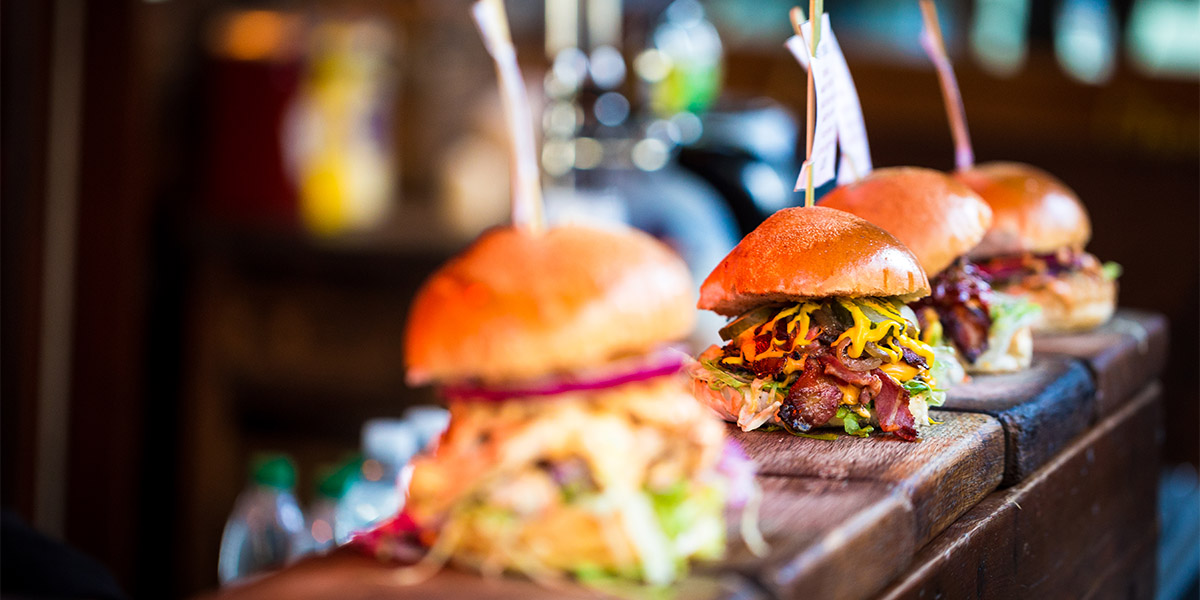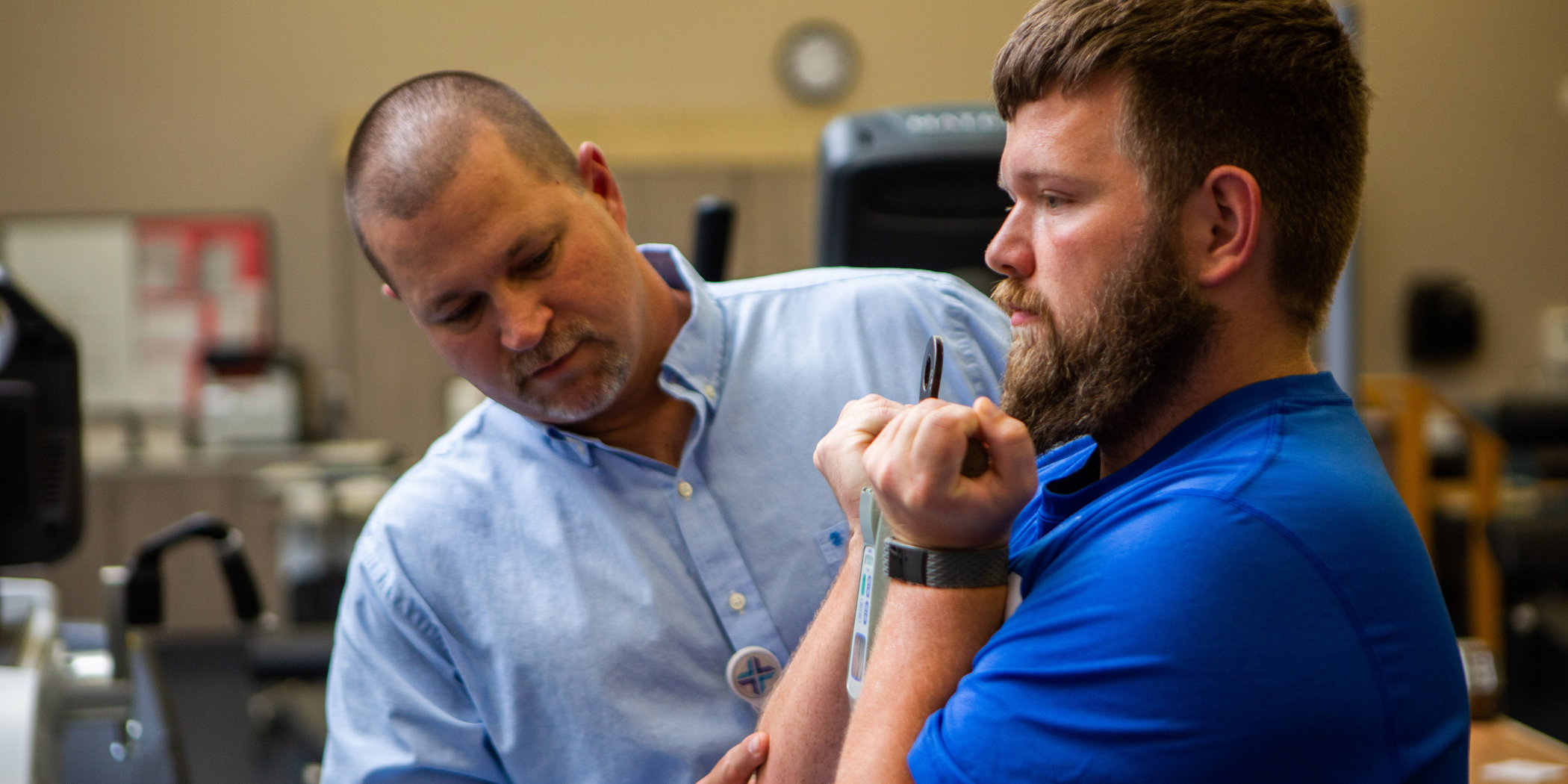
Restaurant roulette
Are you one of the “average” Americans who gamble their health by eating 5.9 restaurant meals each week?
Purchasing rather than preparing meals is viewed as a time saver for many American families, so they are spending less on groceries and more in restaurants. But is eating out really a time saver?
More importantly, is restaurant food good for your health?
As Americans have started eating out more, rates of obesity, diabetes, heart disease and certain cancers increased. While likely not the only contributors, these diseases are promoted by the excess calories, saturated and trans fats, cholesterol and sodium found in many restaurant meals.
So what is the payout for eating out?
Fast foods are popular, in part, because they are more budget friendly. The financial wager may be enticing, but what about the potential health impact?
The popular “super-sized burgers” range from around 520 to 900 calories. Add some fries to that at 300 to 530 calories, and you are likely to bankroll almost half of your day's recommended calories in one meal. Additionally, high-calorie counts are accompanied by a windfall of fat and sodium.
Perhaps you prefer to lay odds on a full-service restaurant meal. These restaurants commonly offer vegetables or fruits, so you think you have hit the nutrition jackpot.
However, it can be hard to make the right choices when it's easy to order your favorite comfort food. Whether they are fried, drowned in cream or cheese sauce, wrapped in bacon or loaded with butter, these savory foods can sabotage your good intentions. Even some appetizers can break the bank at over 1,000 calories, and the meals are likely to max out your daily allowance with an abundant 1,200 to 2,500 calories.
So what is the solution in our schedule-packed society? First, ask yourself a couple questions:
- Does packing a healthy lunch really take longer than sitting in the fast food drive-through line?
- Does cooking a simple dinner take longer than driving to the restaurant, waiting to be seated and served, and driving home?
If the answers are a resounding “no,” consider rearranging your day to allow for more home meal preparation.
Contemplate the time-saving products and services available to you. Stores offer many frozen and canned fruits and vegetables. Contrary to popular belief, they are not always less nutritious than fresh.
Packaged salad and coleslaw mixes are a great convenience. Slow cookers and microwave ovens offer time-friendly alternatives to traditional stovetop or oven cooking. Venture out and try the pick-up or delivery options now offered by many supermarkets.
As you set your sights on a healthier lifestyle, keep in mind that dining out can be a treat. The experience can be an important part of your social life, as well as a stress reducer. Eating healthier doesn't have to mean eliminating the practice. However, when you do dine out, stack the deck in your favor by checking the menu online before you go.
Select baked or grilled, lean meats, steamed vegetables free of added sauces, and limit high-calorie salad toppings like fried items, cheese, croutons and creamy salad dressings. Let broth-based soups edge out cream soups.
Consider splitting a meal with a friend or family member, or eat half of the meal and take the other half home. For a winning hand, opt out of the appetizers, extra bread, calorie-laden beverages and desserts.
By doubling down on efforts to improve your diet, you can be a high roller in the health game.
Carole Mabry, MS, RD, LD, is a registered dietician with Spartanburg Regional Healthcare System.











